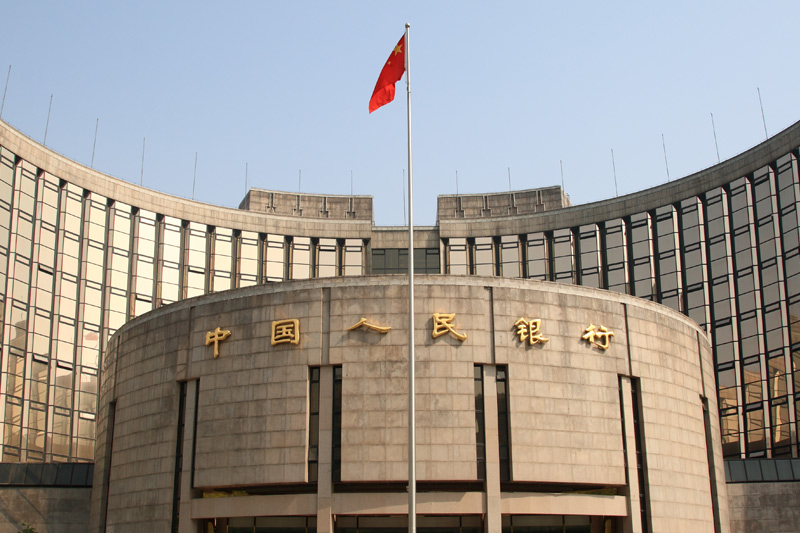(Bloomberg Opinion) -- I suspect that long-time watchers of China’s reform efforts may not be that enthusiastic about yesterday’s decision by the country’s central bank to cut the required reserve ratios for banks. Although understandable as a short-term response to a more challenging growth environment, it risks being another attempt to crank up an old economic- model whose effectiveness has declined and whose unfavorable side effects could increase. If this tactical approach were to sideline deeper reforms, including the critical reorientation of the country’s growth engines, China may find it harder to avoid the middle-income trap that has frustrated the development breakout of several other emerging economies.
This isn't the first time that the People's Bank of China has taken such a measure to stimulate lending and promote economic activity. Facing growing economic headwinds, partly because of disruptions from the trade conflict with the U.S., it had previously cut three times this year alone the amount of cash that lenders must hold, complementing the fiscal-stimulus measures implemented by the government. It has also moved to weaken the currency to the lowest level in more than a year.
The PBOC’s immediate goal is to stop what has been a steady decline in the growth of bank lending, thereby boosting the availability of credit for business and commercial investment. The cut in banks' required reserves is an understandable short-term response. But it comes with three longer-term risks: First, it goes against the much-needed transition from credit- to income-driven domestic growth, and this at a time when debt and leverage remains a concern. Second, it may conflict with efforts to strengthen the financial system. Third, unless lending and borrowing behaviors are altered in an appreciable way, it could end up subsidizing inefficient activities, while taking off the pressure on some state-owned enterprises.
The right answer to China’s more challenging economic outlook is to accelerate the multiyear structural reform program while using measures like the cut in reserve ratios as nothing more than a short-term bridge. Admittedly, that’s easier said than done -- and not just for the traditional reason. Most reform programs like this one entail upfront costs while the benefits are only seen long term.
Because of the more confrontational approach taken by the Trump administration, China is having to manage through a sudden disruption in its external trade regime that has proven both hard to understand and predict for the authorities in Beijing. And the dislocations could well go deeper if, as some indicators suggest, the U.S. trade-based arguments -- namely, China’s failure to reciprocate on the liberalization of non-tariff barriers and its unfair treatment of intellectual property -- continue to be amplified by national-security considerations.
The best approach for China is to look for ways to defuse quickly the growing trade tensions with the US while continuing to re-orient the economy in favor of domestic drivers of growth. It needs to do so quickly, lest it face even greater U.S. pressure in the context of a more unified approach among its western trading partners. This would involve agreeing to meaningful concessions on such issues as the transfer of technology and mandatory joint-venture investments. The possibility of a bilateral meeting between Presidents Donald Trump and Xi Jinping at the November G-20 meeting in Argentina is an important opportunity in this respect.
Again, this is neither an easy nor a particularly attractive option for China, especially given the difficulties of establishing trust, as well as the need to come up with measures that are subject to credible verification. There is also the issue of saving face. But the alternative, of continuing to escalate the tit-for-tat conflict with the U.S., would place at risk a bigger issue – that is, the continuation of the country’s impressive development process.
